Farming Exotic Mushrooms in the Forest
- September 18, 2024
- 0 comment
Exotic mushroom farming has gained substantial attention in recent years, not only as a profitable business venture but also for its positive impact on forest ecosystems. Among the wide variety of mushrooms, exotic species such as shiitake, lion’s mane, and oyster mushrooms have become increasingly popular due to their unique flavors, textures, and health benefits.
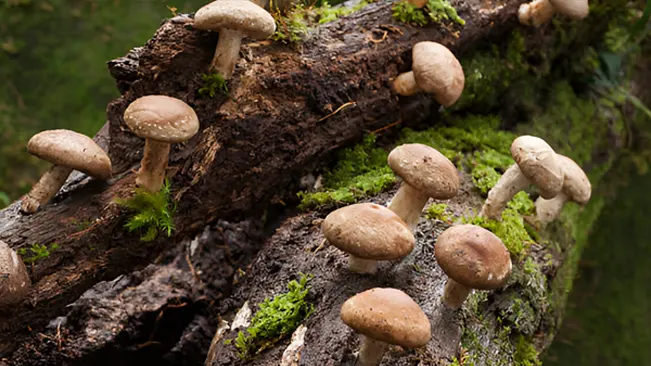
Farming exotic mushrooms in a forest environment, commonly known as forest farming or woodland cultivation, is a sustainable practice that leverages the natural ecosystem to cultivate these high-demand species.
List of Farming Exotic Mushrooms in the Forest:
Why Farm Exotic Mushrooms in the Forest?
Farming exotic mushrooms in the forest is a sustainable agricultural practice that allows you to capitalize on a naturally shaded environment. Many exotic mushrooms thrive in conditions that mimic their natural habitat, which often includes a moist, cool, and shaded forest floor. By utilizing the forest, you minimize the need for artificial lighting and irrigation, allowing mushrooms to grow more naturally.
Additionally, forest farming of mushrooms promotes biodiversity and can improve the health of the forest ecosystem. Fallen logs and decomposing wood, which are abundant in forests, provide the perfect medium for mushroom growth. Instead of clearing land or using synthetic fertilizers, mushrooms feed on organic matter, recycling nutrients back into the soil.
Choosing the Right Mushroom Species for Forest Farming
Not all mushrooms are suited for forest cultivation. When selecting exotic species to farm in the forest, you should choose varieties that thrive in outdoor environments, particularly on wood or other organic substrates. Here are some of the most popular exotic mushrooms for forest farming:
Shiitake Mushrooms (Lentinula edodes)
Shiitake is one of the most popular and widely cultivated exotic mushrooms. They are typically grown on hardwood logs such as oak, beech, or maple. Shiitake mushrooms have a meaty texture and a rich, umami flavor, making them a favorite among chefs.

Lion’s Mane Mushrooms (Hericium erinaceus)
Known for its unique appearance resembling a lion’s mane, this mushroom has been gaining attention for its medicinal properties, particularly in promoting nerve and brain health. Lion’s mane thrives on hardwood logs, especially in shaded, moist environments.
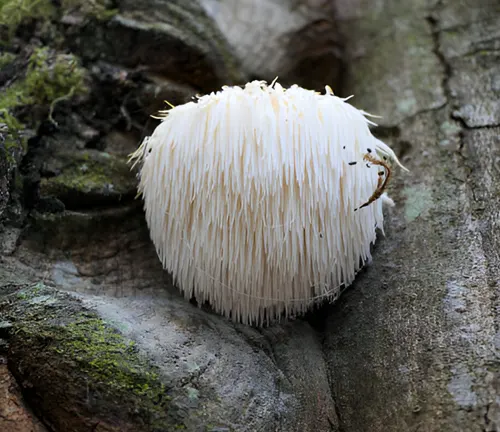
Oyster Mushrooms (Pleurotus ostreatus)
Oysters are among the easiest mushrooms to cultivate, making them a great choice for beginners. They can grow on a variety of substrates, including logs, straw, and coffee grounds, but in forest farming, they are typically grown on hardwoods like oak or poplar.
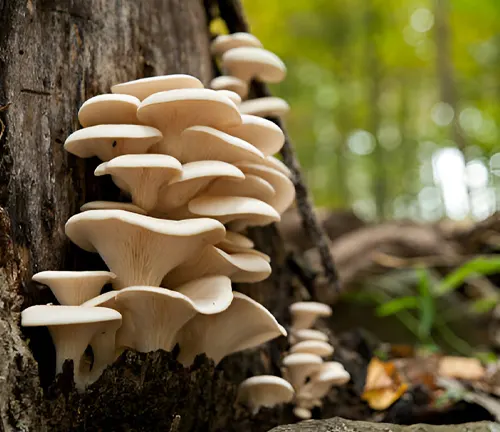
Maitake Mushrooms (Grifola frondosa)
Also known as “hen of the woods,” maitake mushrooms are prized for their culinary and medicinal uses. These mushrooms are usually found growing at the base of trees, particularly oaks, and can be cultivated on hardwood stumps or logs.

Selecting the right mushroom species for your forest farm depends on the local climate, the type of trees available in the forest, and market demand.
Setting Up Your Forest Mushroom Farm

The process of setting up a forest mushroom farm involves selecting the right location, acquiring suitable logs or other substrates, and inoculating them with mushroom spawn.
1. Selecting a Location
Choosing a suitable site in the forest is crucial for the success of your mushroom farm. Look for areas with dense tree cover, which provide shade and help maintain moisture levels. The site should be well-drained, as excess water can lead to rot and disease in the logs. A location near a water source is ideal for irrigation during dry periods.
2. Preparing Logs for Cultivation
For most exotic mushrooms, particularly shiitake and lion’s mane, hardwood logs are the preferred substrate. Logs should be cut from healthy trees during the dormant season (late fall to early spring), as the wood is rich in nutrients during this time.
Once the logs are cut, they should be around 3-4 feet long and 4-8 inches in diameter. These dimensions make them easy to handle while providing enough surface area for mushroom colonization.
3. Inoculation Process
Inoculation is the process of introducing mushroom spawn (the fungal equivalent of seeds) into the logs. This is typically done by drilling holes in the logs, inserting spawn plugs or sawdust spawn, and sealing the holes with wax to prevent contamination.
The logs are then stacked in a shady area, either in a crisscross pattern or upright against a support. Over time, the spawn will colonize the log, feeding on the wood and eventually producing mushrooms.
4. Environmental Monitoring and Care
Once the logs are inoculated, they need to be monitored for moisture levels. If the environment is too dry, the logs should be watered regularly to maintain the right humidity. It can take 6-12 months for the mushrooms to fruit, depending on the species and environmental conditions.
During the fruiting season, you may need to protect your mushrooms from pests such as slugs, deer, and rodents. Simple barriers or organic pesticides can help mitigate these threats.
Harvesting and Post-Harvest Care
When it’s time to harvest, mushrooms should be picked as soon as they reach maturity. Overripe mushrooms can lose their flavor and nutritional value, so it’s essential to check your logs regularly during the fruiting period.

Once harvested, mushrooms can be stored in a cool, dry place. For long-term storage, mushrooms can be dried or frozen. Proper post-harvest care ensures that your mushrooms maintain their quality and fetch a good price in the market.
Sustainability and Environmental Impact
One of the greatest benefits of farming exotic mushrooms in the forest is the positive impact on the environment. Unlike traditional farming methods that often require deforestation, the removal of native vegetation, or the use of chemical inputs, forest mushroom farming works in harmony with the natural ecosystem.
- Nutrient Recycling: Mushrooms decompose organic matter, such as fallen trees or branches, returning essential nutrients to the soil. This process not only supports the growth of new plant life but also enhances soil health.
- Biodiversity: By cultivating mushrooms in a forest environment, you encourage a diverse range of organisms to thrive. Mushrooms are part of a larger food web, providing food for insects, small mammals, and other fungi.
- Carbon Sequestration: Growing mushrooms on decomposing wood aids in carbon sequestration, as trees naturally absorb carbon dioxide during their lifetime. When wood is left to decompose naturally, some of this carbon is released back into the atmosphere. However, mushrooms speed up the decomposition process, converting wood into organic material that enriches the soil, thus locking carbon in the forest floor.
Challenges and Considerations in Forest Mushroom Farming
While forest mushroom farming offers numerous benefits, it also comes with its own set of challenges:
- Pest Management: Pests such as slugs, snails, and squirrels can damage your mushroom crops. Using natural pest control methods, like copper tape for slugs or netting to protect logs, is essential for minimizing crop loss.
- Weather Conditions: Forest farming is heavily dependent on natural weather patterns. Extreme drought or excess rainfall can affect your mushroom yields, so having a backup water source or a drainage system in place is beneficial.
- Market Access: Exotic mushrooms often cater to niche markets, so it’s important to establish connections with local restaurants, farmer’s markets, or specialty grocery stores. Consider exploring the growing demand for medicinal mushrooms as well.
- Patience and Timing: Growing mushrooms in a natural forest setting takes time. Unlike indoor or commercial farming where conditions can be closely controlled, forest mushrooms rely on the rhythms of nature. This means waiting several months, sometimes a year or more, for a full harvest.
Market Demand and Profitability
Exotic mushrooms are increasingly in demand, both for their unique flavors in gourmet cuisine and for their medicinal properties. Shiitake, lion’s mane, and oyster mushrooms are often sold at premium prices, especially when they are certified organic or sustainably grown.
Mushroom farming can be a lucrative business if done correctly. Start small by supplying local markets, and as you gain experience, expand into larger distribution channels or consider value-added products like dried mushrooms or mushroom-based supplements.
Conclusion
Farming exotic mushrooms in the forest offers a unique blend of profitability, sustainability, and ecological stewardship. By harnessing the natural conditions of the forest, you can grow high-demand mushrooms like shiitake, lion’s mane, and oysters while promoting biodiversity and contributing to forest health.
This practice not only helps meet the rising consumer demand for organic and exotic mushrooms but also represents a forward-thinking approach to sustainable agriculture. With patience, careful planning, and attention to environmental conditions, forest mushroom farming can provide both financial rewards and environmental benefits.
Frequently Asked Questions (FAQ)
- What are the best exotic mushrooms to farm in the forest?
The most suitable exotic mushrooms for forest farming include shiitake, oyster, lion’s mane, and maitake mushrooms. These species thrive on hardwood logs and naturally mimic the conditions found in forest environments. - What kind of logs should I use to grow mushrooms in the forest?
Hardwood logs, such as oak, beech, maple, or poplar, are ideal for mushroom cultivation. Softwoods are generally not recommended, as they decompose too quickly and don’t support the long-term growth of mushrooms. - How long does it take for mushrooms to grow on logs?
The time it takes for mushrooms to fruit varies by species. For shiitake and oyster mushrooms, it can take 6-12 months after inoculation for the first flush of mushrooms to appear. Growth depends on environmental conditions such as temperature and moisture. - Do I need to water the logs regularly in the forest?
Yes, maintaining proper moisture levels is essential for successful mushroom cultivation. While natural rainfall often helps, in dry periods, you may need to water the logs to keep them from drying out. Ideally, logs should be kept moist but not waterlogged. - How many years can I expect to harvest mushrooms from the same logs?
Depending on the type of wood and mushroom species, logs can continue producing mushrooms for 3-7 years. Shiitake logs typically last longer, while oyster mushroom logs might have a shorter productive life. - Can mushroom farming help improve forest health?
Yes, mushroom farming can contribute to forest health by promoting biodiversity and recycling organic matter. As mushrooms break down dead wood, they return nutrients to the soil, which benefits other plants and trees. - What are the main challenges in forest mushroom farming?
Common challenges include managing pests like slugs and rodents, controlling moisture levels, and dealing with unpredictable weather conditions. Additionally, it requires patience, as the process can take several months to yield mushrooms. - Do I need any special equipment to farm mushrooms in the forest?
You’ll need basic tools such as a drill for inoculating logs, spawn (mushroom seeds), and wax to seal the holes. Other helpful items include a moisture meter to monitor log hydration and protective netting to guard against pests. - Is forest mushroom farming profitable?
Yes, forest mushroom farming can be profitable, especially with high-demand species like shiitake and lion’s mane. However, success depends on factors such as market access, quality of the mushrooms, and sustainable management practices. - Can I sell my mushrooms as organic if they’re grown in the forest?
Yes, you can market your mushrooms as organic, provided you follow organic farming guidelines and do not use any synthetic chemicals or fertilizers. Check with local certification agencies to ensure compliance with organic standards.

Jordan Blake
Forestry AuthorJordan Blake is a forestry expert with over 15 years of experience in arboriculture and community education. Passionate about sustainable forest management, Jordan regularly writes for Forestry.com and Tree Care Magazine. Holding certifications in tree health assessments and urban forestry management, Jordan conducts workshops to educate the public on sustainable practices. Jordan has a degree in Environmental Science and enjoys hiking and photography in their free time.


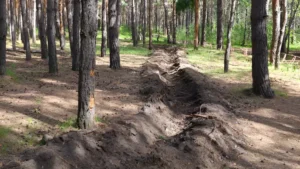
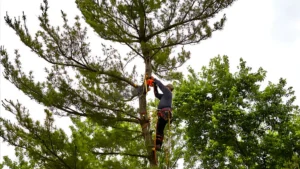


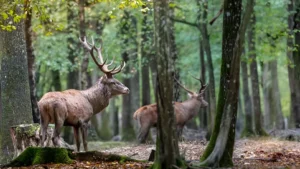
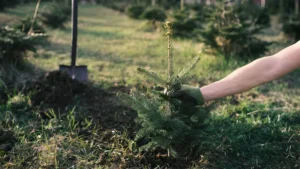
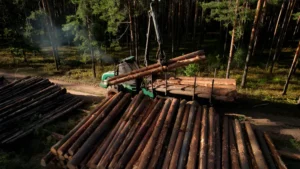
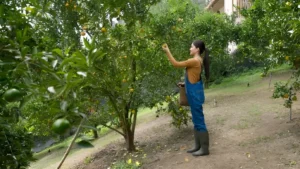

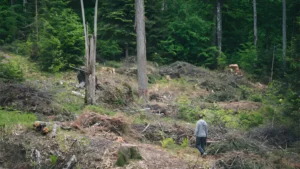
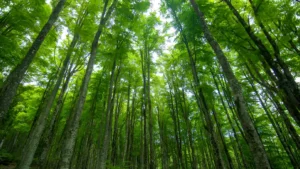
Leave your comment